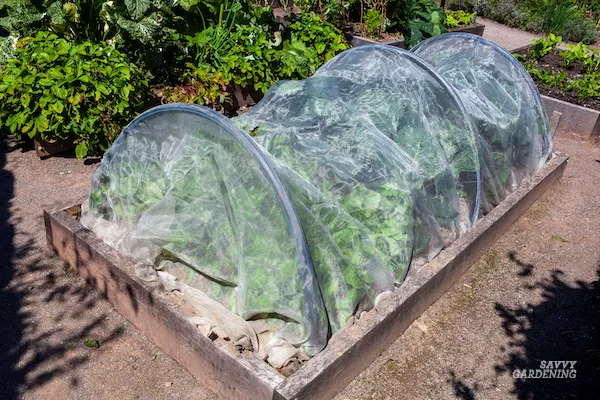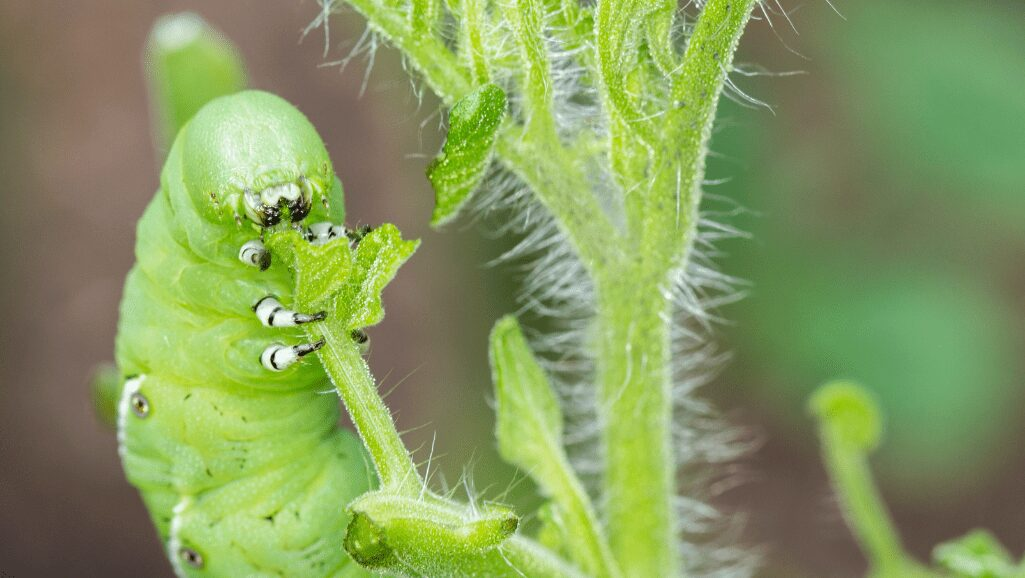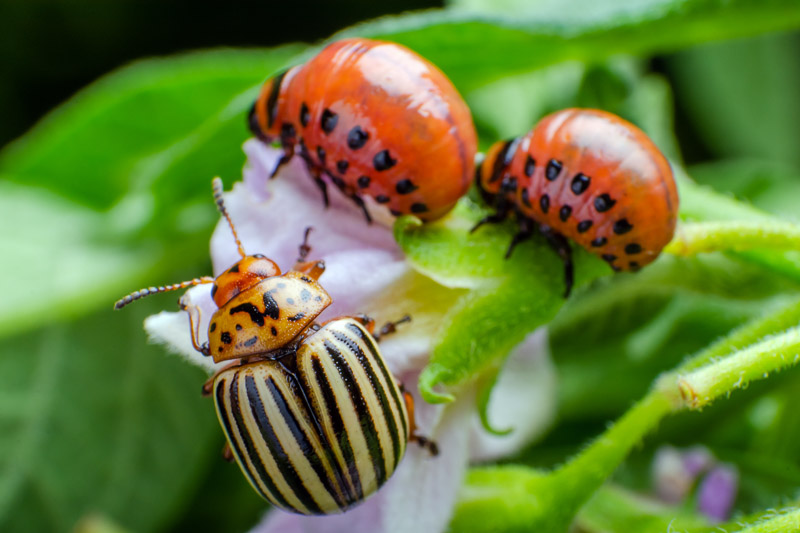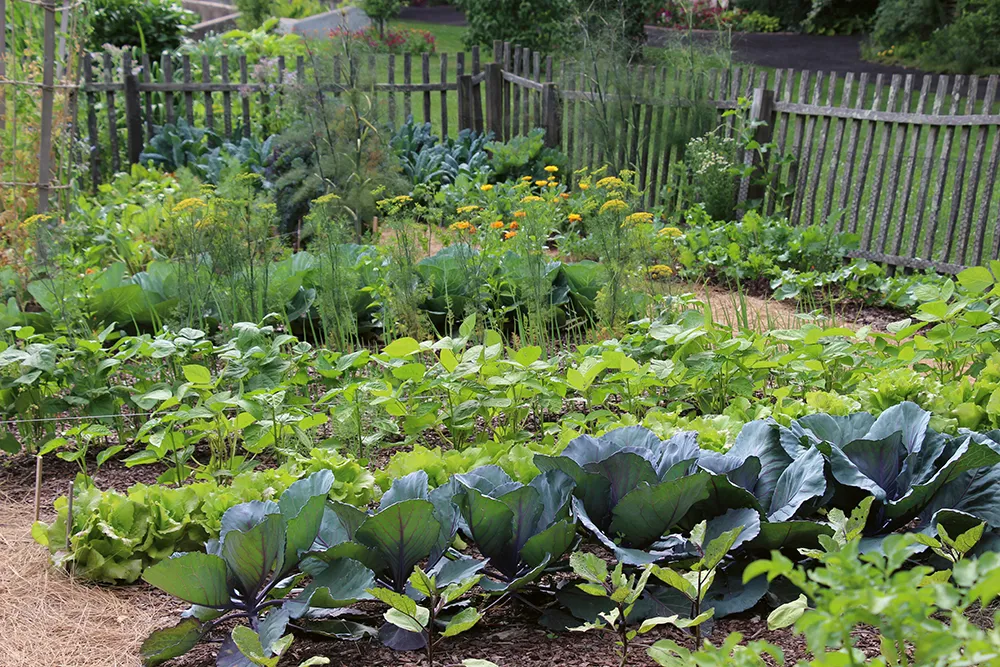Gardening is often a battle against pests, but it doesn’t have to be a losing one. From aphids to slugs, pests are an inevitable part of any healthy garden, yet there are numerous organic ways to fight back. Here are my best practices for pest management that are both effective and environmentally friendly.
1. Protect Plants with Physical Barriers
One of the simplest and most effective ways to keep pests away is by covering your crops. Row covers, especially in the early stages of plant growth, create a barrier that prevents pests from finding and attacking your plants. Use fine-gauge mesh netting or insect barrier mesh, such as Enviromesh, which allows sunlight and rain through while keeping flying insects at bay. Ensure the mesh is securely fastened at the edges using bricks or boards to avoid gaps.
For larger crops like squash, which need pollinators, cover plants early on and only remove the mesh when flowers begin to bloom. This gives the plants a better chance to thrive without the threat of pests like squash bugs.

2. Use Wider Covers for Larger Pests
In addition to insect mesh, you can use wider-gauge netting to protect against larger pests like pigeons, which can damage crops like brassicas. As the season progresses, switch to insect mesh to continue keeping pests out. For specific pests like butterflies that target crops like cabbage, butterfly netting can also be useful, but ensure it is supported on frames to prevent the netting from touching the plants.
3. Regularly Check for Pests
Even the best barriers can’t cover everything, so it’s important to remain vigilant. Early intervention is key when dealing with pests like aphids or leaf miners. For aphids, simply squish small clusters or blast them off with a strong stream of water from a hose. If left unchecked, aphids can damage plant foliage, but quick action can prevent major infestations.
Leaf miners, which burrow into beet leaves, can also be managed by removing affected leaves early or squashing the larvae directly within the leaf. This will allow the new leaves to grow undisturbed.

4. Control Slugs Naturally
Slugs are a common nuisance, especially during wet weather. To deal with them, set up cool, shady spots with materials like grapefruit rinds or large leaves. Slugs are attracted to these hiding spots, and you can regularly check underneath them to collect and remove the slugs.
5. Attract Beneficial Insects
One of the best ways to naturally combat pests is by attracting beneficial insects. Ladybugs, lacewings, hoverflies, and parasitic wasps are all natural predators of soft-bodied pests like aphids and caterpillars. To bring more of these helpful bugs into your garden, plant herbs like dill, fennel, and parsley, or flowers like calendula, marigolds, and poached egg plants. Additionally, planting a variety of trees and shrubs can attract insect-eating birds that help control pest populations.

6. Use Organic Pesticides as a Last Resort
While physical barriers and beneficial bugs should be your primary tools, organic pesticides can be effective when other methods fail. Natural options like neem oil, pyrethrin extract, and spinosad target pests without harming beneficial insects. Bacillus thuringiensis (Bt) is particularly effective against caterpillars. If necessary, a simple homemade spray of dish soap and water can serve as a quick remedy for concentrated infestations.
When applying any pesticide, always do so in the evening after pollinators have gone to rest. This minimizes the risk of harming beneficial insects. Avoid spraying during the day when bees and other beneficial bugs are active.
7. Companion Planting and Timing
In addition to physical barriers and beneficial insects, companion planting can help protect your crops. By growing plants that naturally repel pests or attract predators, you can reduce pest pressure. Consider planting crops at different times of the year, such as growing brassicas in the cooler months when pests like cabbage butterflies are less active.

In summary, organic pest control requires a combination of techniques. Physical barriers, beneficial insects, and careful monitoring are the foundation of a pest-free garden. When necessary, organic pesticides can be used, but they should be a last resort. By applying these strategies, you can enjoy a thriving garden without relying on harmful chemicals.
